Today, we are looking at an incredible Hi-Fi Audio system from our friends at Ferrum Audio! This will be the first article in a two-part series discussing the OOR headphone amplifier, WANDLA DAC and pre-amplifier, and the HYPSOS hybrid power system!
In this first article, we will discuss who Ferrum Audio is and the build quality, specifications, and use case for all three of these products; then, in the second part of this series, I will go into detail on my sound impressions of this system with both headphones as well as in a high-end 2-channel stereo speaker system making some comparisons to my current references I have in the house.
So, who is Ferrum Audio? Located in Poland the multi-EISA award-winning company has been taking the audio world by storm since they have come onto the audio scene. I first met Maks of Ferrum at the VANA booth at CanJam SoCal 2023 last year.
His incredible knowledge of HiFi products and his friendly personality made me very interested in Ferrum Audio products. I was able to get Maks to jump on a live stream with me from the CanJam floor, and after spending some time with him, I knew that even though we didn’t currently carry Ferrum Audio products at TSAV, I wanted to take a deeper look at what they had to offer.
Roy and the team at VANA were very helpful in providing me with the system we will discuss today, so a big thanks to him and Ferrum Audio for making it happen.
The first product HEM, the parent company of Ferrum Audio, gave birth to was the 2021-2022 EISA Award-winning Hi-Fi accessory best product, the HYPSOS hybrid power system. With over 20 years of experience in audio design and audio electronics manufacturing, they decided to start with one of the most critical things any quality Hi-Fi system has: the power supply.
Instead of approaching it the same way many other manufacturers do, they innovated, creating a separate hybrid power supply system featuring both linear and switching power supplies. This hybrid design allows for the advantages of both linear and switching techniques, with low ripple and noise and a fast transient response that is highly efficient.
HYPSOS is capable of powering many brands of audio products by simply going into the easy-to-use menu and turning the knob, and selecting from many pre-configured settings for many popular supported devices as well as allowing you to set custom parameters. So, while the HYPSOS works flawlessly and easily with other Ferrum audio products, it is not limited to only Ferrum Audio products.
According to Ferrum, the software-based operation of the HYPSOS is unique. It uses an intelligent combination of power sensing techniques, or what they call the 4T sensing design, to ensure the exact voltage level precisely at the point of the powered device's DC input terminal.
Additionally, the HYPSOS has advanced automation, compatibility with Apple TV remotes, a trigger in and out connector, and is highly safe to use, according to Ferrum, with an automatic transformer voltage adjust, electronic output voltage polarity switch, overvoltage, current limit, and short protection features built in.
One of my favorite parts about the HYPSOS when used with the OOR and WANDLA is the Ferrum Power Splitter, which connects the three components via Ferrum’s beautifully made Power Link cables.
We won’t get into sound impressions in this article but know that the $1,195 HYPSOS makes an audible difference when paired with the ORR headphone amplifier, and serious headphone listeners should take note.
The next component in this tremendous trio is the $2795 2022-2023 EISA Award-winning Best Product WANDLA digital-to-analog converter and pre-amplifier. While most manufacturers using Sabre chips rely on only the basic ESS filters, Ferrum wanted none of that as they are focused on changing the game when it comes to Sabre-based DACS.
WANDLA uses the ES9038PRO Chip, which originally had three ESS digital filters to choose from as standard, along with two world-first digital filters created for Ferrum by renowned filter masters from HQ Player. However, WANDLA can receive filter updates based on community feedback via firmware.
After consulting with the community over about eight months, users requested the elimination of the majority of the basic ESS filters. Ferrum obliged, welcoming two new filters from HQ player, the HQ Short Roll-off and HQ apodizing minimum phase filter. This brings the total number of HQ player custom Ferrum filters to four and one ESS filter, which I will discuss more in part 2 of this series.
The ES9038PRO chip, capable of up to 768k/32bit and DSD 256, combined with Ferrum’s advanced current-to-voltage converter and SERCE digital audio system module, which is Ferrum’s optimized ARM chip, offers the shortest signal path possible, making multiple chips redundant. It also includes a built-in MQA decoder/renderer.
The fully balanced modified IC pre-amplifier is fantastic. For those wanting a superb DAC that allows them to feed their amplifier as a pre with remote-controlled volume, the WANDLA performs beautifully in this regard even when paired with ultra-high-end Audio Research Tube amplifiers.
Looking at the back of WANDLA, you have two balanced XLR outs, one set of single-ended outs, a set of RCA ins, an AES in, Coaxial in, Optical in, HDMI Arc in, i2s in, USB C in, Trigger connection, and of course, the standard power cord in or the HYPSOS power link port.
Well done, Ferrum! I am puzzled by why so many audio manufacturers do not include all of these connection options in the premium DAC space in 2024, and I am thrilled to see Ferrum not holding back but pushing the bar forward.
The WANDLA's touchscreen display is superb and very easy to use and displays the audio quality of the track you are listening to. I will go out on a limb and say, from a build quality and user experience perspective, the WANDLA is one of my favorite DACS I have used for under $3000, and I am looking forward to sharing my audio impressions in the following video in this series! Spoiler alert: the WANDLA is one of the most natural and tonally accurate ESS-based DACS I have ever heard at any price.
Last but not least, let’s take a look at the $1995 2022-2023 EISA Award-winning Best Product Headphone amplifier, the OOR. This highly transparent headphone amplifier is fully balanced, with proprietary discrete power amp technology, and is very simple to use. There are only three controls on the front of the amplifier: one for selecting between RCA, Power On, and XLR, followed by the gain control.
This gain control lets you choose when listening balanced from -4db on the minus setting, +6db on the middle position, and +16db on the + setting. When listening single-ended, the gain setting allows for -10db, 0db, and +10db, respectively.
The amplifier has an FR of 20 Hz-100 kHz and a THD of .00011% when listening balanced or .00008% when listening unbalanced. The OOR is powerful, with plenty of drive for even very difficult-to-drive headphones outputting on paper 400mW into 300 ohms, 2 Watts into 60 ohms, 3.5 watts into 32 ohms, or when listening balanced 1600mW into 300 ohms, 8 watts into 60 ohms and 5.5watts into 32 ohms.
On the amplifier's backside, we have a pair of XLR inputs, a pair of RCA inputs, a pair of balanced XLR outputs, and a pair of single-ended outputs followed by a bypass switch, Logo brightness control, and the power inputs.
So, what sets the OOR apart from other headphone amplifiers? It starts with its fully balanced design with no transformers and inductors in the signal path and a unique discrete output stage. The OOR isn’t class A. Rather, it is something in between class A and class AB.
The OOR, unlike many other headphone amplifiers, has special circuitry that independent circuits monitor the current of both transistors, and these circuits prevent drops below the threshold value of current.
The result is much lower distortion. Secondly, the internal power supply has extremely low noise switching regulators with double-stage input and output filtering with fast transient response linear LDOs.
The LDOs are separate for both channels for improved channel separation. When paired with the HYPSOS Hybrid power system, the OOR is even more impressive. The HYPSOS measures the voltage directly on the cable output instead of on the motherboard of the OOR, which allows HYPSOS to stabilize the voltage even further in the power path, which is impressive, especially when listening to music with fast transients and hard-hitting dynamics.
The OOR has one six-layer PCB, with two layers just for the ground planes and three grounds in total: a signal ground, switching converters ground, and input power supply ground.
There are even more impressive design features that make the ORR special, but for the sake of time, I will link to more info in the video description on all of the Ferrum Audio components discussed in this video.
To say I am impressed with these audio components is an understatement. When they are all paired together, you have an endgame setup for many Hi-Fi enthusiasts and critical audiophiles alike, including headphone listeners and two-channel speaker lovers.
The build quality of all the components is spectacular. They also save quite a bit of space, measuring around 8.6 inches in width, 8.1 inches in depth, and only 2 inches high. Compared to much larger components, this allows them to be more easily used on a desktop or a Hi-Fi Rack. The lacquered Corten steel on the face of the components, with the illuminated Ferrum logo, gives them an industrial look and feel that I am very fond of.
Another quick point is that you don’t necessarily have to purchase all three Ferrum audio products at the same time. You can start with any of them and use them independently with other audio gear you may already own, then buy the other units as your budget or needs change.
So, let’s leave it at that for this first article in the two-part series. Remember to turn on notifications for our YouTube channel so you know when the second video discussing my sound impressions with several headphones and a premium 2-channel speaker setup is posted!
If you are interested in trading up your old headphones, amplifiers, or other gently used audio gear for a new set of headphones or a new amplifier, check out our trade-up program, and don’t forget we will price match, other authorized dealers!
We have some cool videos coming this year with new product announcements, so please consider subscribing to our channel today! From $150 earphones to multi-million-dollar home audio, cinema, and automation systems, TSAV is a HiFi enthusiast's paradise for building the system of your dreams.
So, let’s start the conversations in the article comments on what you think of these Ferrum Audio products! Until next time, friends, remember, let the music be your guide!

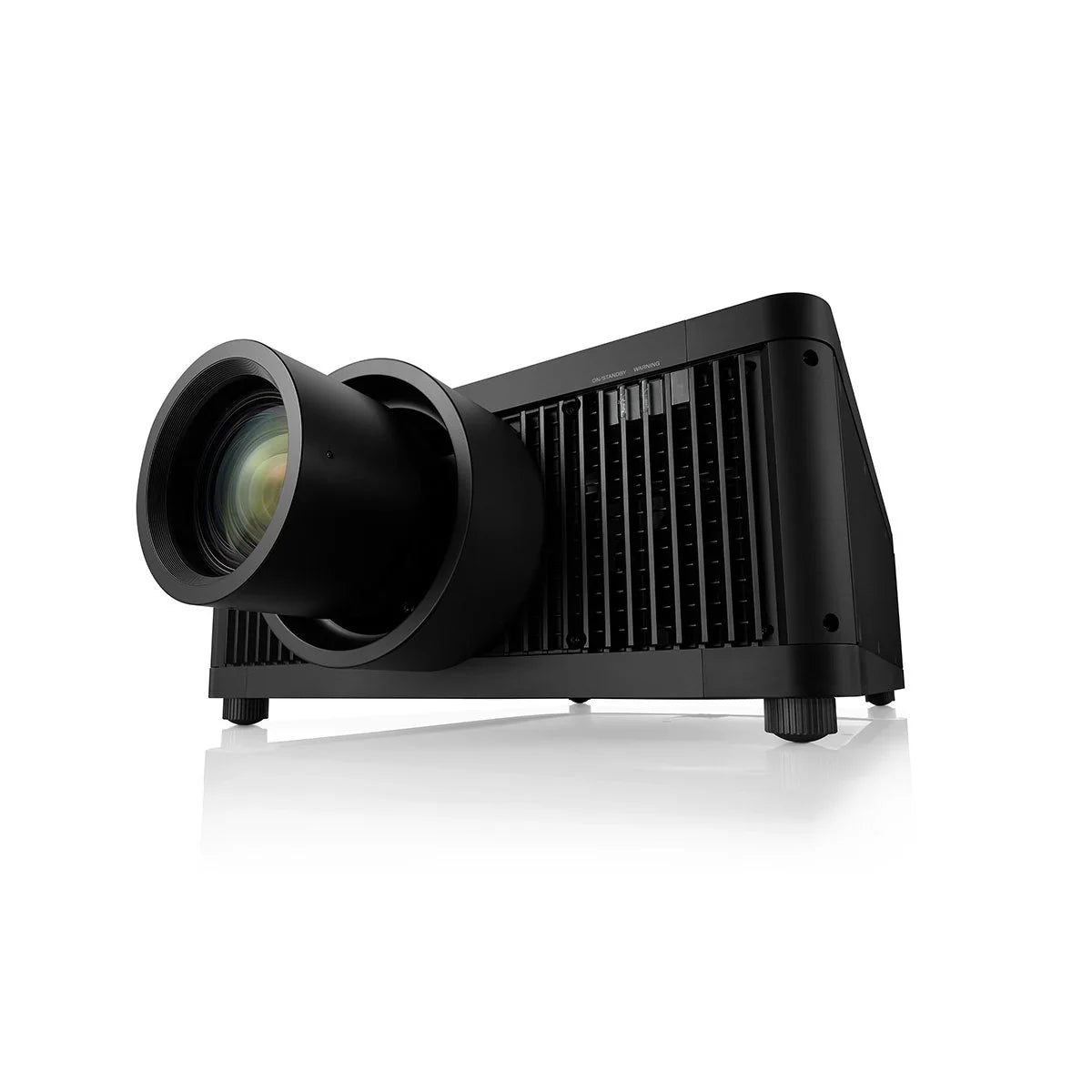
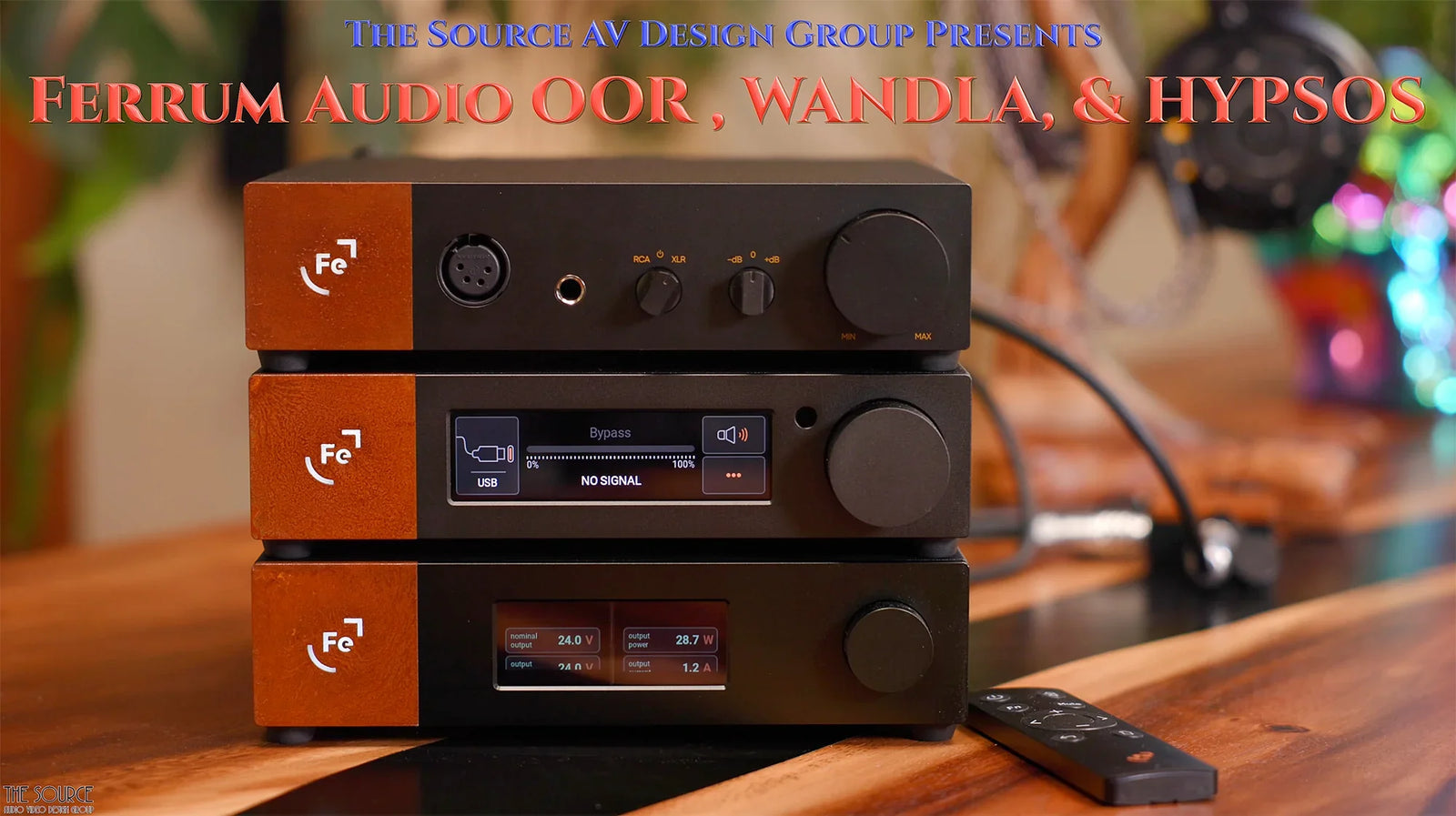








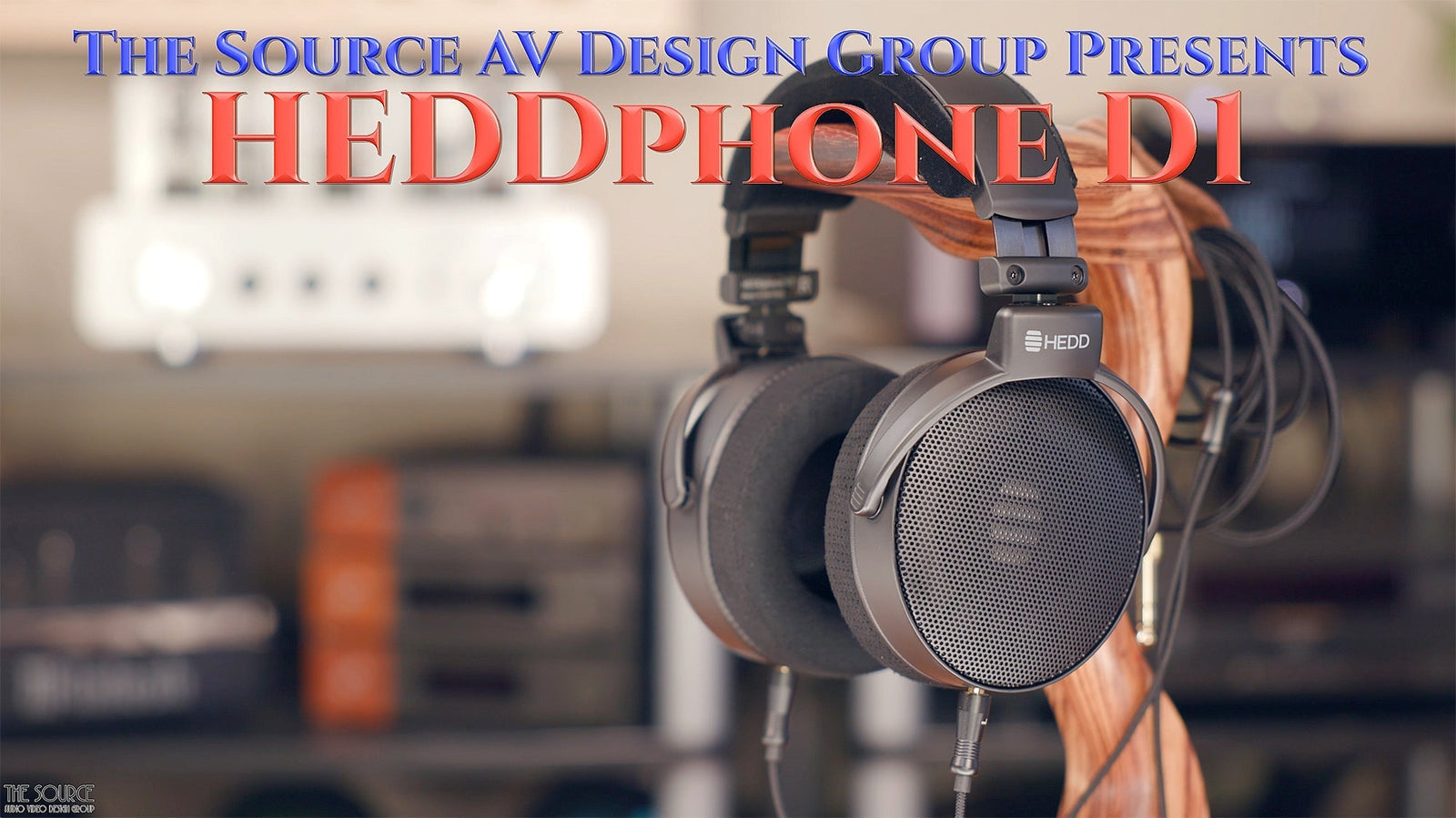
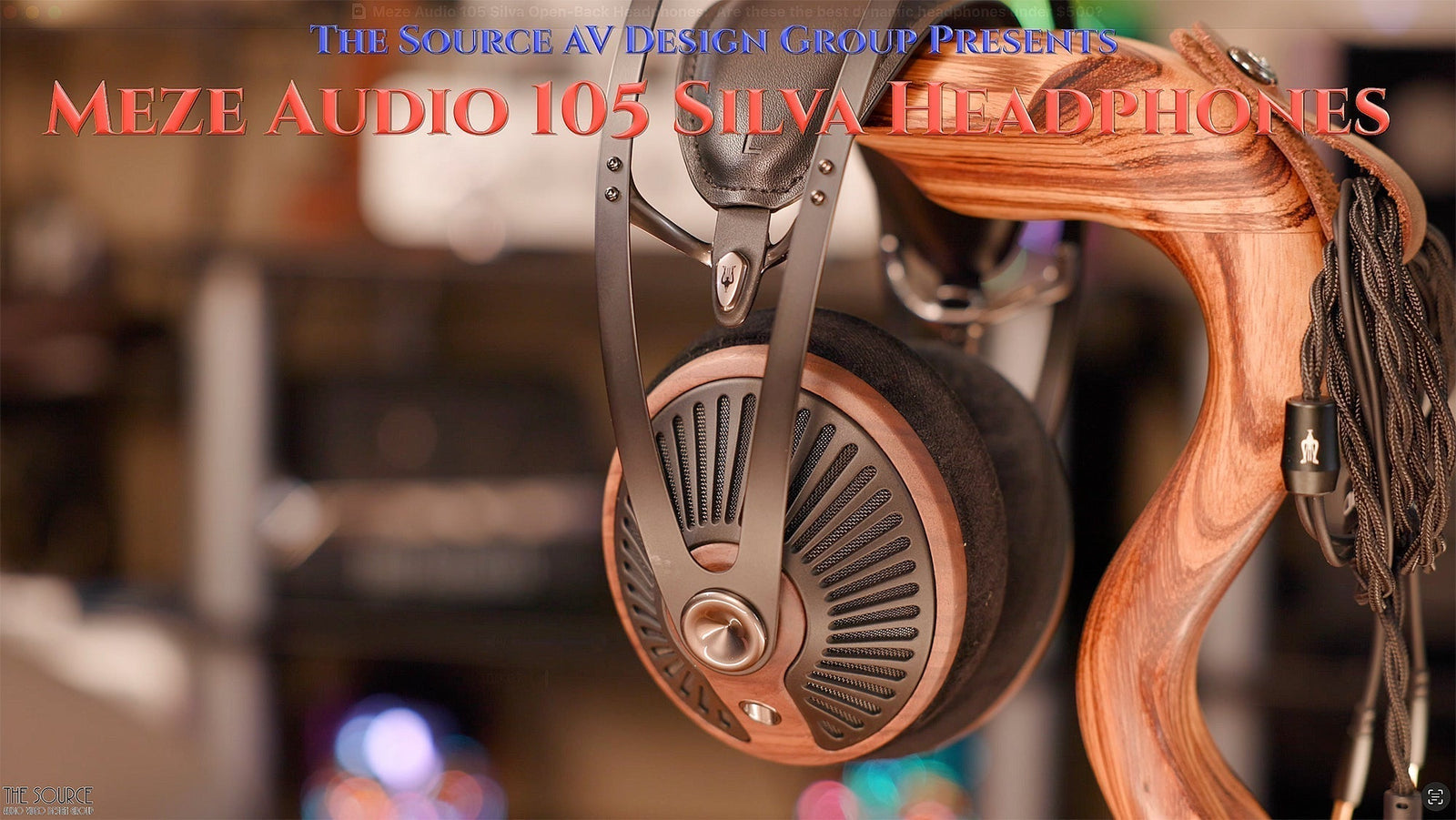
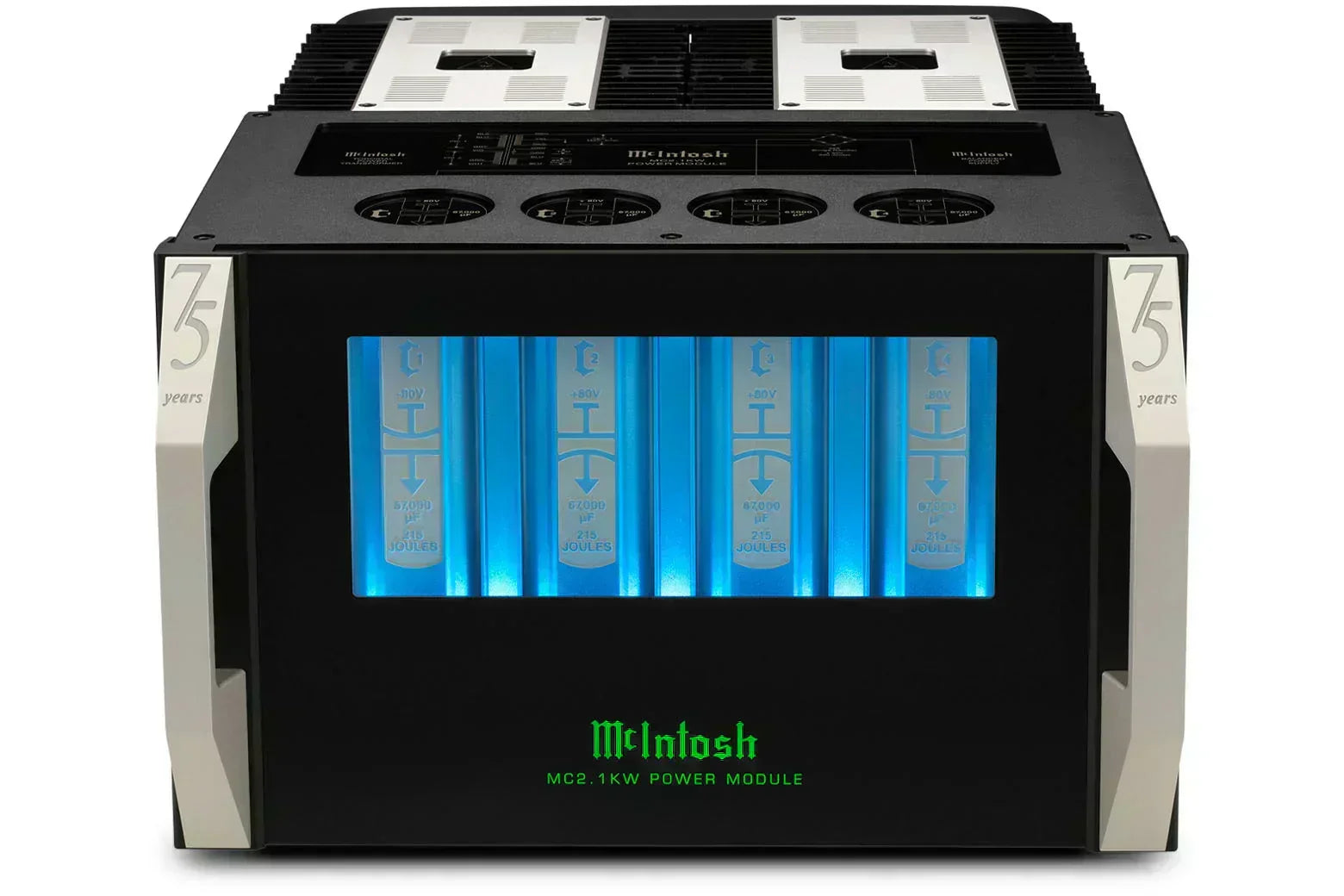
Leave a comment (all fields required)